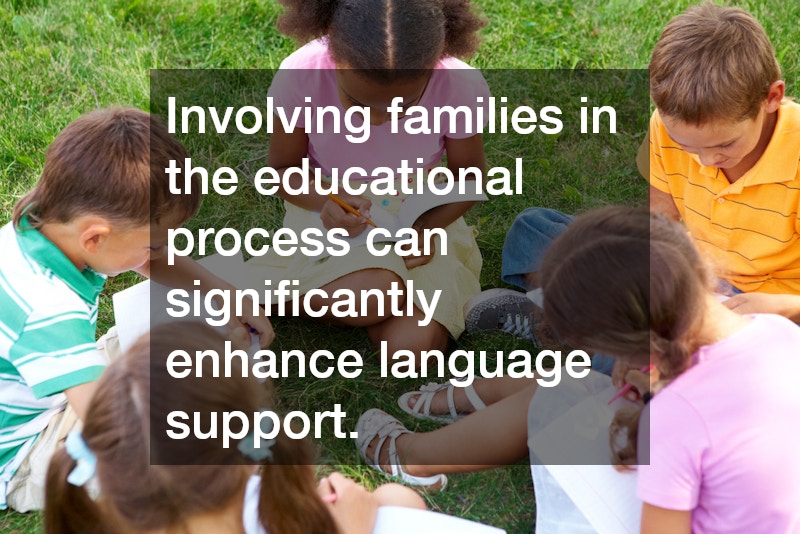In today’s increasingly globalized world, classrooms are becoming more diverse, with students speaking a variety of languages. This multilingual environment presents both challenges and opportunities for educators. Supporting and accommodating multiple languages is essential, particularly in settings like international kindergartens, where children from various linguistic backgrounds come together.
One effective strategy is to create a language-rich environment. This can be achieved by incorporating books, posters, and resources in multiple languages throughout the classroom.
By providing visual aids in different languages, educators can help all students feel represented and included. Additionally, creating a language corner with multilingual books and resources can encourage students to explore and engage with each other’s languages.
Incorporating collaborative activities is another important approach. Group projects that require teamwork allow children to communicate in their preferred languages while learning from one another. Peer-to-peer learning fosters an environment where students can share their linguistic skills, promoting a sense of community and respect for diverse cultures.
Moreover, teachers can differentiate instruction to meet the varying needs of multilingual students. This might include using scaffolding techniques, such as simplifying language, using gestures, or employing visuals to support comprehension. By recognizing individual language proficiency levels, teachers can tailor their approaches to ensure that all students are actively participating and learning.
Finally, involving families in the educational process can significantly enhance language support. Encouraging parents to share their native languages and cultures through storytelling or special presentations fosters a more inclusive atmosphere. In an international kindergarten setting, this engagement not only enriches the curriculum but also builds strong connections between home and school.
A classroom that actively supports and accommodates multiple languages can create a dynamic learning environment. By implementing these strategies, educators can ensure that all students thrive, celebrating their linguistic diversity while fostering a sense of belonging.
.

